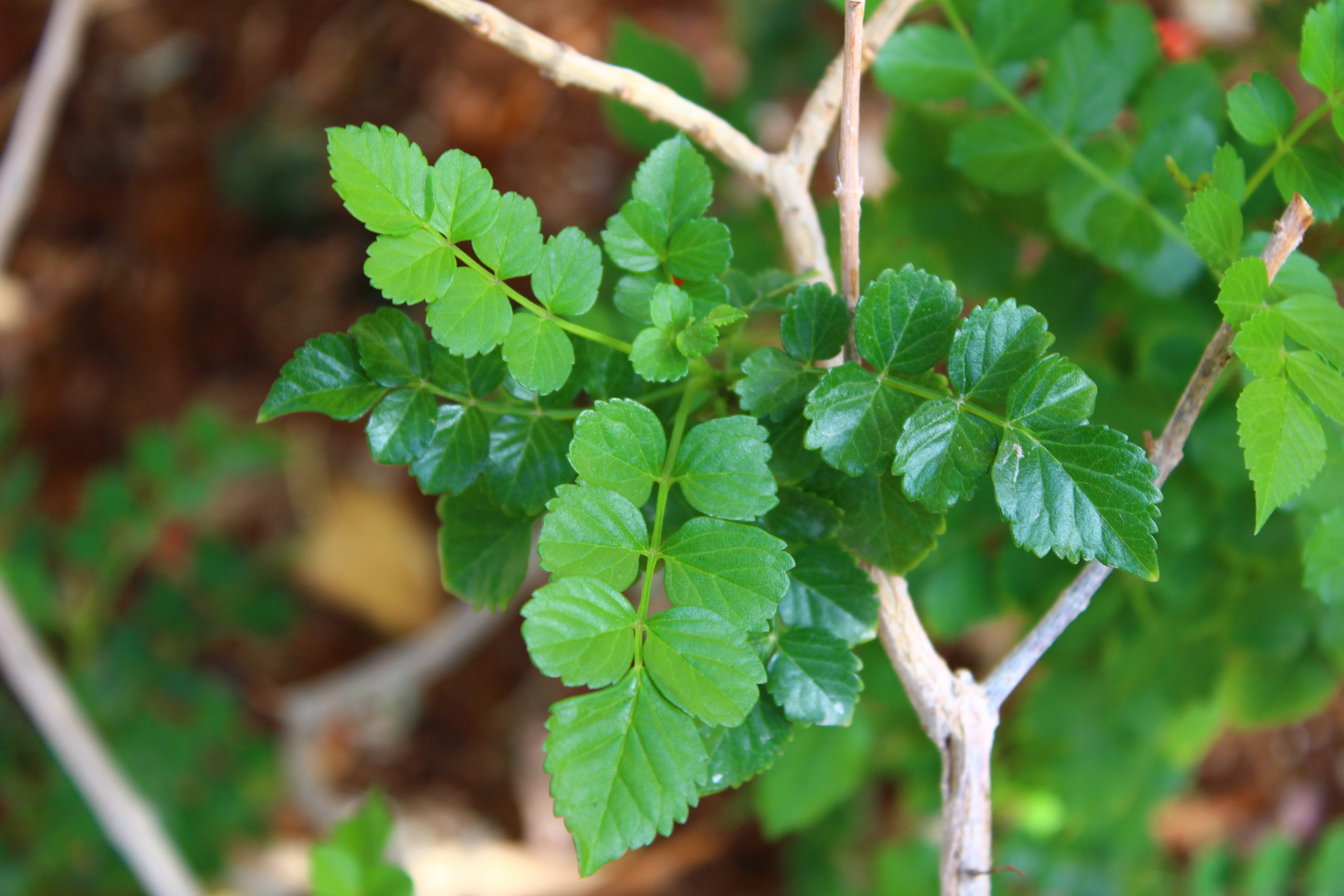There is a lot more to planting a plant than just digging a hole and sticking the plant in it. Proper planting is key for plants to have their best chance at surviving installation and then thriving in the landscape. Here are a few non-negotiables that must be taken care of.
The Hole
First, the size of the hole is important. The general rule of thumb when planting is to dig the hole twice as wide as the container the plant has come in and just as deep. You will want to loosen the dirt slightly on the bottom of the hole but not too much. The last thing we want is for the plant to settle after it has been planted. Never dig a hole too deep or you will end up suffocating the plant with soil that will come up over the original base of the plant.
Proper Drainage
Next, you will want to fill the hole up with water to see how well it drains. If the hole drains in a reasonable amount of time, you are good to go on to the next step. If the hole struggles to drain and you put a plant in it, the most likely outcome will be drowning. Move the plant to another location or drill drainage holes into the base of your hole so the water can get out, if you suspect poor drainage. Three to four holes should suffice for a smaller plant, six to seven for a larger plant.
The Root Ball
After that, you will want to slice the root ball of the plant on all the sides and the bottom. It is important that you slice the roots instead of just pulling them apart and breaking them. When roots are sliced, the plant generates new roots at the slice to start to grow. In order to stimulate this new root growth more quickly, we apply a root stimulant directly to the root ball. The new roots will start to grow out into the surrounding area around the root ball instead of continuing to circle around the pot that the plant was in.
Soil Amendments
Now it is time to mix your amendments in with some of the native soil you dug out of the hole. After all, the plant has to learn to grow in the native soil eventually if you want it to thrive. The amendments that we like to use are: soil sulfur to reduce the high PH levels we have here in the Las Vegas valley. We also will use a planting mulch and some bonemeal to add phosphorus to the soil which will help the roots and speed up the growth of the plant. We also sprinkle a little bit of mycorrhizal fungus around the root zone of the plant which colonizes the root zone and becomes an extension of the root zone which allows the plant to take up more nutrients and water and protects the roots from harmful soil pests. Make sure to tamp the backfill soil and amendments in nice and snug around the root zone.
Once these steps are completed, soak your plant in with water to meld everything together and give your plant a much needed drink. Keep up regular watering and occasional fertilizing and watch it grow!








